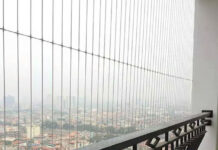Design preferences for families have evolved over time. Today, more and more people are starting to put glass windows on their “blacklist” and opt for alternatives. There are 6 reasons, major drawbacks that make this design less favored than before.

1. Heat Insulation Performance
Glass has a much higher heat conduction capacity than walls, making it a significant issue in keeping homes warm. During winter, cold air easily penetrates large glass windows, causing the warm indoor air to escape quickly. It’s like a sieve, not retaining any heat.
For instance, a friend of mine in the North installed floor-to-ceiling glass windows because he was captivated by their modern aesthetic. But in winter, despite turning on the heater, his house remained icy cold. The heating bills soared while the temperature showed little improvement. The situation during summer wasn’t any better. The harsh sunlight shone directly through the glass, turning the room into a massive “oven.”
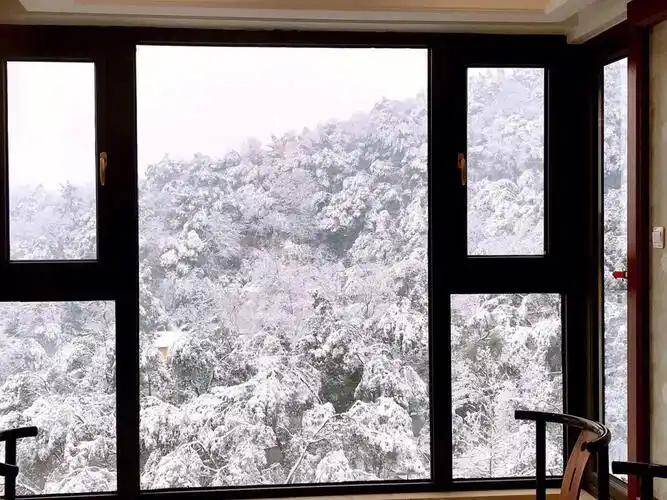
2. Safety Risks
While floor-to-ceiling glass windows offer modern and luxurious aesthetics, they pose significant safety risks. Tempered glass has high strength, but when subjected to external impacts, such as falling branches or debris blown by the wind, it can shatter at any moment.
In coastal areas, these incidents often occur during storms, creating frightening scenes as shattered glass flies everywhere, endangering people nearby and the homeowners themselves. Additionally, tempered glass has a certain self-explosion rate of about 0.3%. Imagine a family enjoying a meal or watching TV when they suddenly hear a loud bang, and the glass shatters into a million pieces. This scenario is incredibly dangerous.
For families with young children, the risks are even higher. Children are naturally curious and active, and they may easily bump into the glass while playing. This creates a significant hazard, as if you’re keeping a “time bomb” in your house, threatening the safety of your family members.
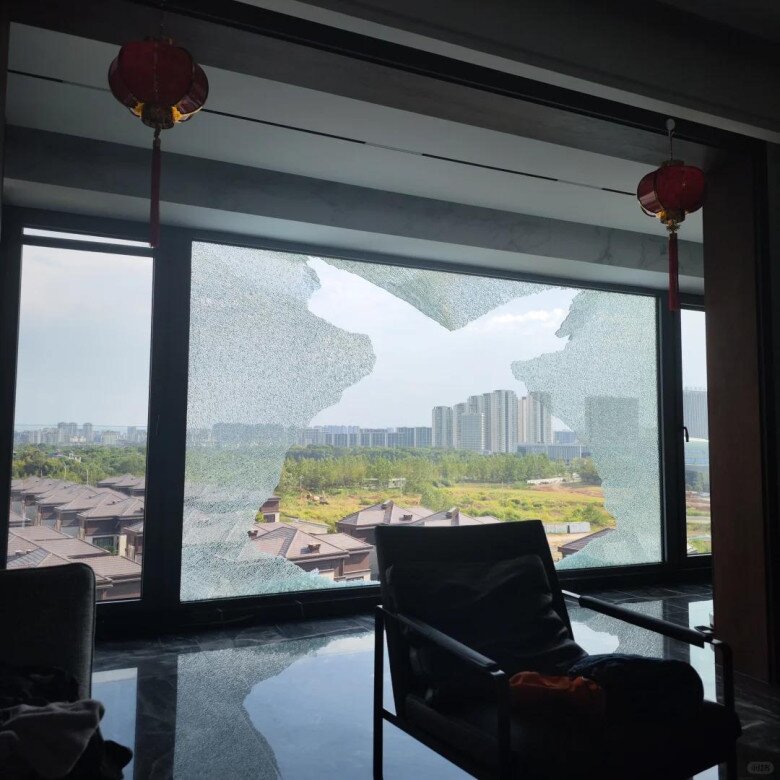
3. Cleaning Challenges
Floor-to-ceiling glass windows are like a massive wall, making cleaning a challenge, especially in high-rise apartment buildings. Residents in these buildings often struggle to clean them on their own. It’s not only strenuous but also dangerous, as cleaning tools are typically out of reach.
If they can’t do it themselves, they have to hire professional cleaning services, which aren’t cheap. With large glass surfaces, dust and dirt accumulate quickly, making it costly and complex to maintain spotless glass. Many people, to save costs, leave the glass dirty for extended periods. Consequently, the glass gradually turns gray, reducing visibility and impacting the aesthetics and natural light in the living space.
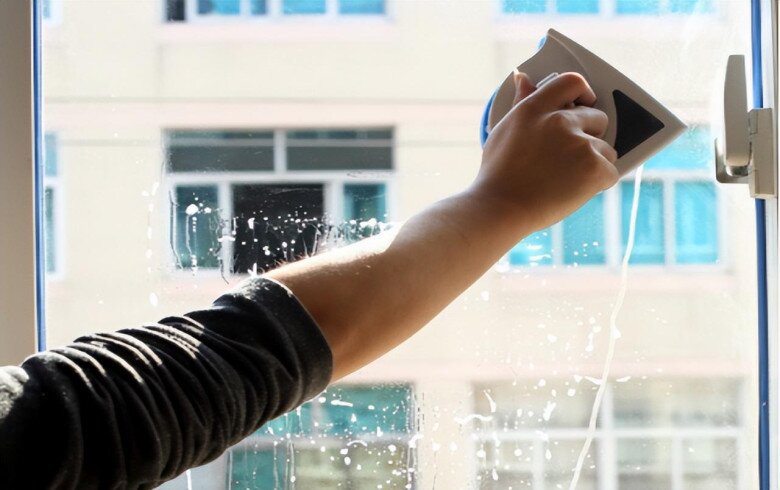
4. Poor Privacy Protection
Floor-to-ceiling glass windows are like a transparent box, exposing everything inside to the outside world. This becomes evident in crowded residential areas where neighbors from across the street can easily peek into your bedroom just by glancing up.
To protect their privacy, many people have no choice but to keep the curtains drawn all day. However, this blocks natural light from entering, making the room dark and stuffy.
At night, when the lights are on inside the house, you may feel like you’re on display, with hundreds of eyes watching from the outside. This lack of privacy can be extremely uncomfortable.
Homes located near streets or public areas are even more exposed. Passersby can observe what’s happening inside, making you feel like you’re living in an empty house with no privacy or comfort.
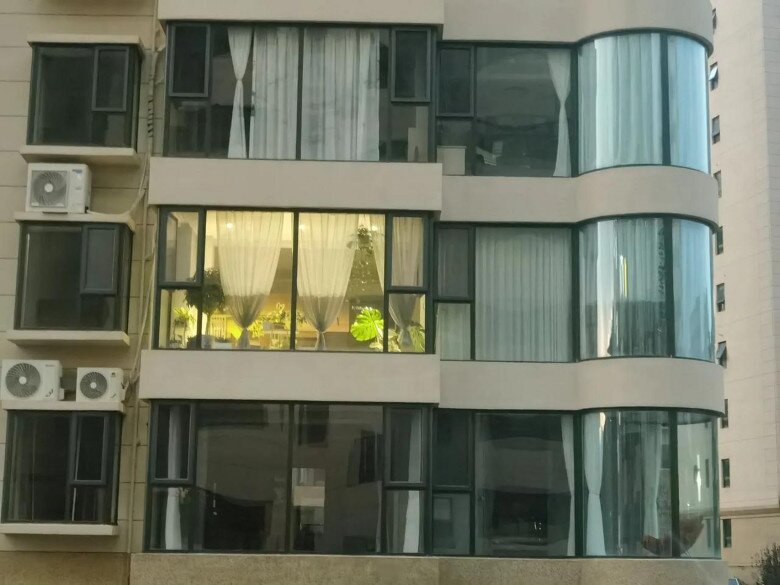
5. High Installation Costs
Installing high-quality floor-to-ceiling glass windows requires a substantial investment.
Material costs: Large, high-strength glass panels are expensive. To ensure safety, the frames also need to be made from robust materials like aluminum alloys, adding to the cost. High-quality accessories like hinges and handles further increase the expense.
Installation costs: Due to their large size and weight, these windows cannot be installed without professional help. In some cases, especially in high-rise buildings, you may need to use cranes and specialized equipment, significantly increasing the installation costs.
6. Hardware Prone to Damage
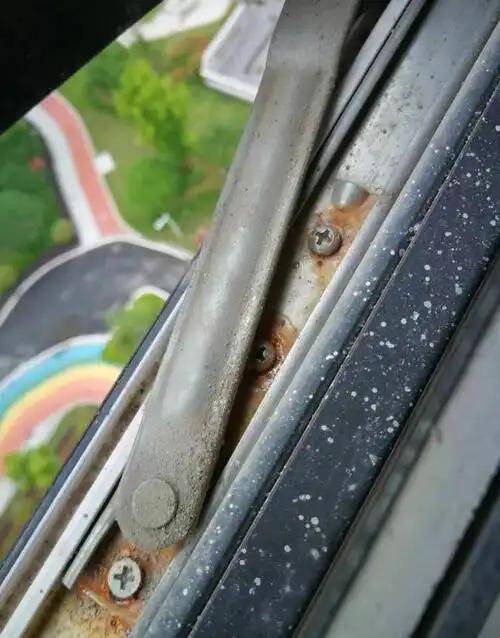
Floor-to-ceiling glass windows place high demands on the hardware due to their large size and heavy weight.
Stress on hardware: Components like hinges, handles, and other accessories are under constant stress over extended periods. With frequent use, they can become worn out; for example, the handle may loosen or break.
Deformation and consequences: Hinges are also susceptible to deformation over time, leading to situations where the window doesn’t close tightly. This can allow rainwater to seep in, causing moisture damage to the adjacent wall.
Replacement costs: Replacing these parts isn’t straightforward. You need to find compatible components and often have to hire experts for installation, adding to the financial burden and time consumption.
The Ultimate Guide to Offal: Transforming Lungs with a Magic Leaf Blend for a Crispy, Tangy Treat
Pork offal, with its unique texture and taste, can be transformed into a mouth-watering delicacy with a simple trick – a handful of magic leaves. These leaves are the secret weapon to eliminating any unpleasant odors, resulting in a crisp and tantalizing treat that will have your taste buds dancing.
The Smart Phone Screen: Why It’s Always Face Down
Smartphones have become an integral part of our daily lives. Yet, many of us are unaware of the simple habits that can protect our devices. One such habit is keeping your phone screen-side down when placing it on a table or any surface. This simple act offers a surprising array of benefits and is a habit worth adopting.
































